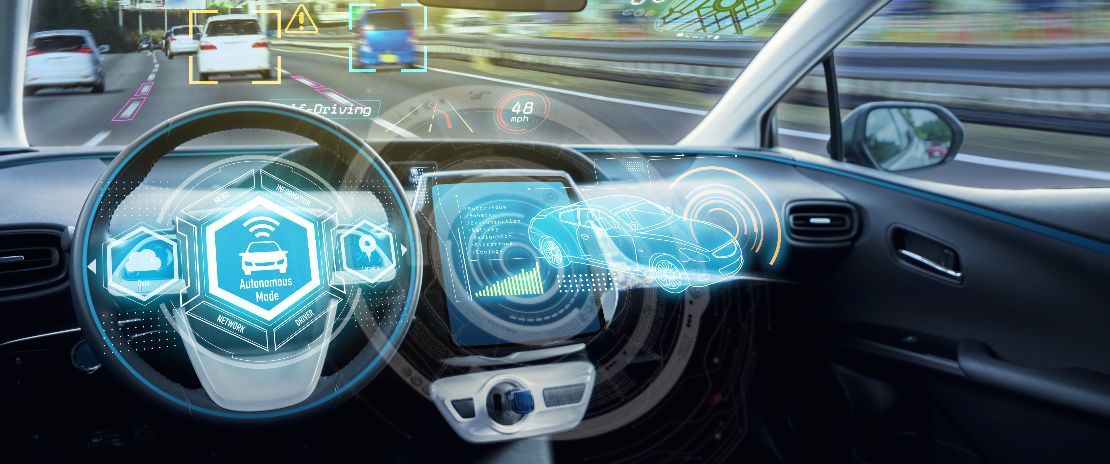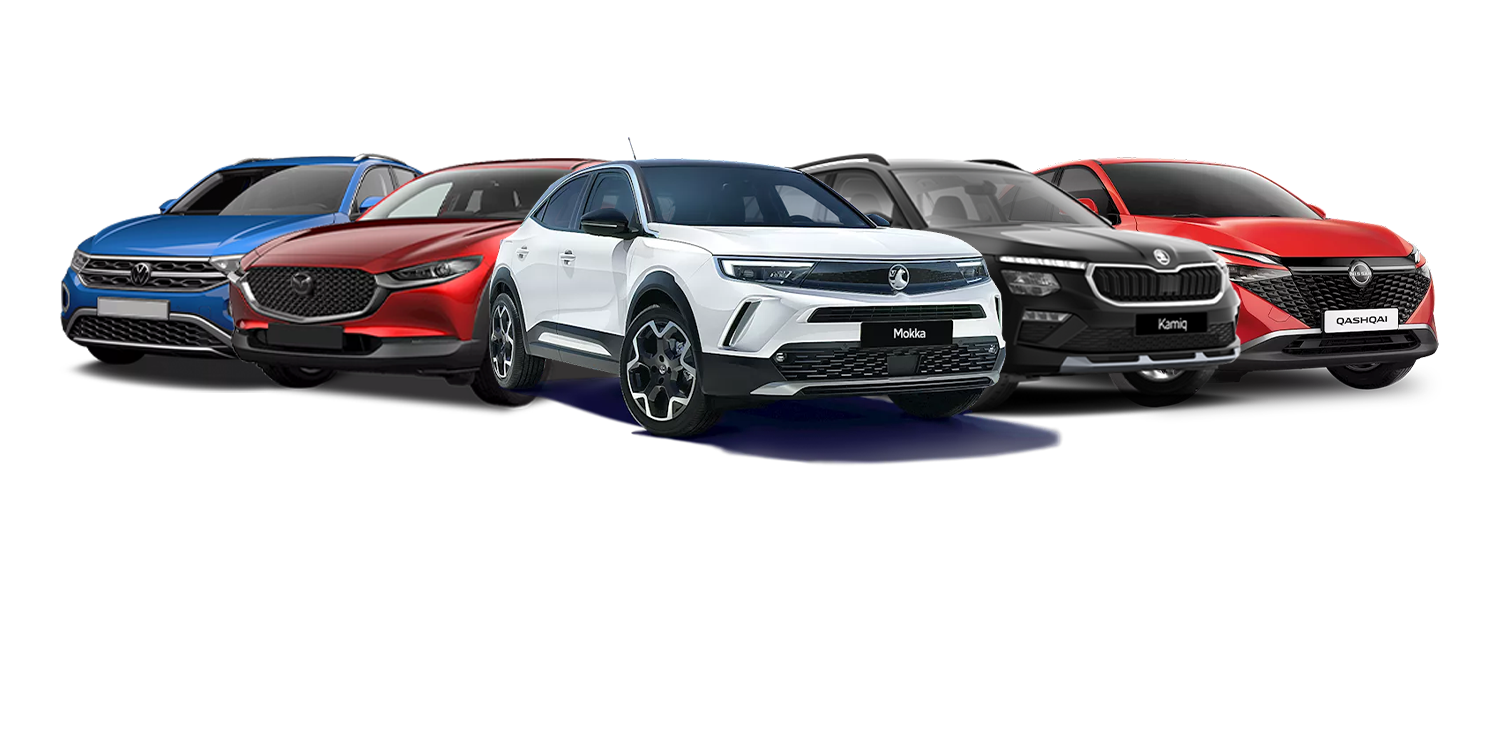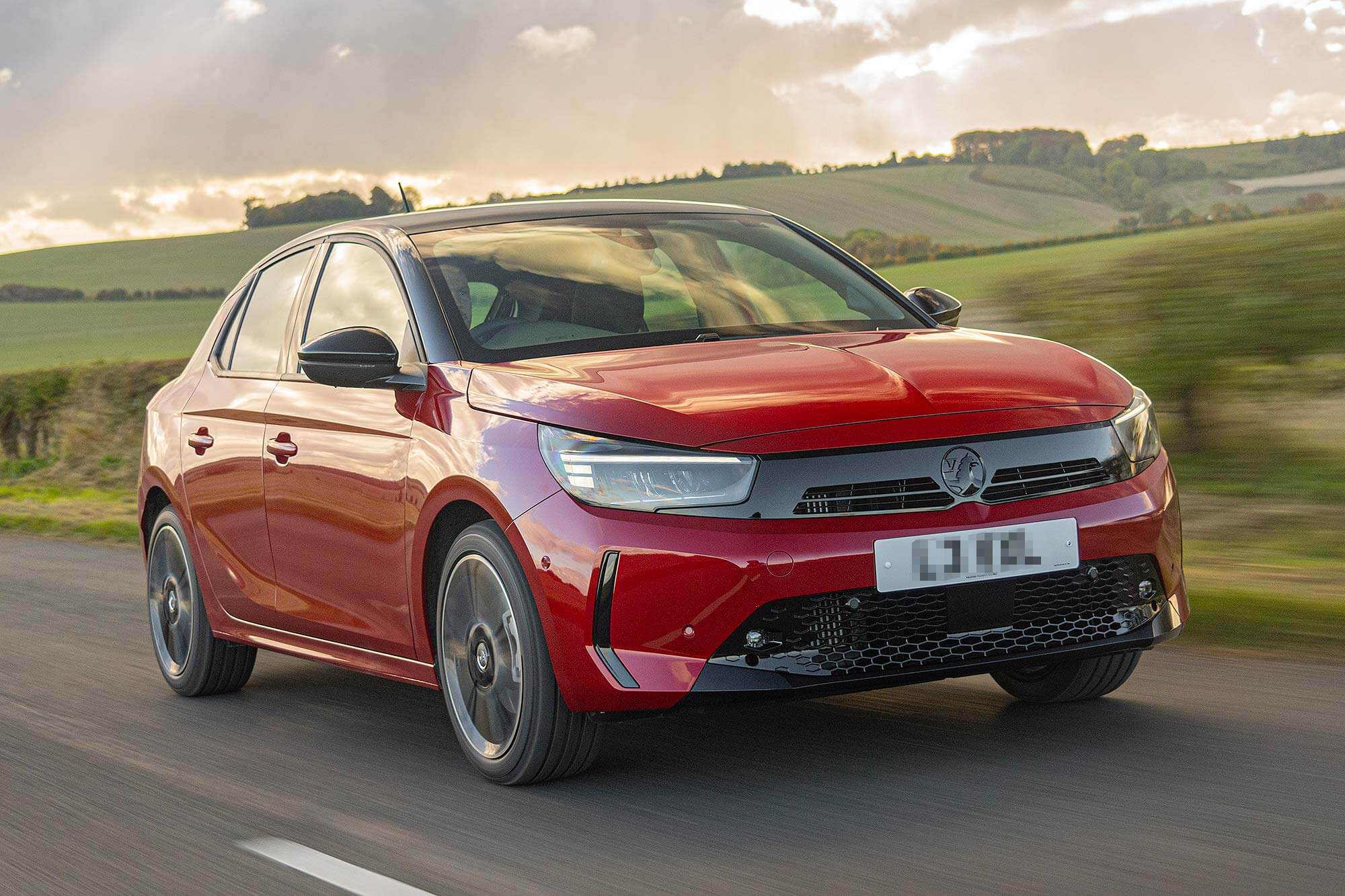The idea of driverless cars may seem futuristic, but they’re not as far away as you might think. Nick Harper looks at some of the cutting-edge technology behind self-driving cars and explains what it could mean for the future of travel.
To most of us, self-driving cars may seem like a far-off idea – but fully autonomous cars are closer to becoming a reality than you may realise. Lots of businesses are looking at driverless vehicles as part of their future strategy: Apple is aiming to launch its range of all-electric, self-driving cars by 2025 and others are aiming to launch even sooner.
It’s predicted that one in every three car journeys in London will be made in driverless vehicles in 2025, and that there will have been 58 million autonomous vehicle sales by 2030.
The prospect of cars that drive without human interaction throws up a long list of questions. Here, we’ll answer those key questions, and look at how self-driving vehicles could impact the lives of people with disabilities and carers.
How does a self-driving car work?
In simple terms, driverless cars typically use a wide range of sensors positioned in various parts of the vehicle to create and maintain a map of the area around them. Pre-loaded maps inform the car of stationary elements, such as the lanes of the road, traffic lights and crossings. At the same time, the car’s sensors monitor moving objects, including other vehicles, pedestrians and cyclists. Those two elements combine to paint a clear picture of the car’s surroundings, allowing the vehicle to plot a safe route from point A to point B.
But for self-driving cars to be able to navigate the road safely, they need the infrastructure to pass information back to them – essentially, to be able to ‘talk’ back to the cars about the surrounding area. To do this, roads must be equipped with communication systems that allow them to pair with connected vehicles.
The ultimate aim is to connect all vehicles with the world around them using vehicle-to-everything (V2X) technology. Powered by 5G, V2X will allow your car to communicate with other cars, pedestrians and the infrastructure around them to improve road safety and the overall driving experience.
Discover how connected cars are changing the way we travel
How long have self-driving cars been in development?
Longer than you might imagine. Japan’s Tsukuba Mechanical Engineering Laboratory is credited with launching the world’s first semi-automated car, as long ago as 1977. More recently, Google began a self-driving car project in 2009 with the goal of covering 10 uninterrupted 100-mile journeys in a Toyota Prius.
That project developed into Waymo, a Californian company that is now at the forefront of developing autonomous vehicles. The company’s aim is to make it ‘safe and easy for people and things to get to where they’re going… from moving people to moving goods.’ Waymo is now one of dozens of automotive and technology companies working on driverless vehicles.
Why do we need self-driving cars?
It’s expected that self-driving vehicles will bring lots of benefits. These include reducing harmful emissions by improving driving efficiency, easing traffic congestion and making travel more affordable and accessible. However, the most significant benefit is expected to be a dramatic reduction in the number of traffic accidents.
Statistics show European roads to be the safest in the world, but there is still room for improvement in driving safety. The vast majority of crashes involve human error, which is why there is a big focus on car technologies to encourage safer driving. Self-driving cars could help to minimise human error and dramatically reduce the number of fatalities on roads worldwide.
Are self-driving cars safe?
As mentioned above, self-driving cars have the potential to be a much safer alternative to standard driving. They have the potential to reduce collisions that occur due to human error, because you wouldn’t need a person to steer the wheel or even push the pedals.
For some people, the idea of ‘driverless’ cars may feel a bit daunting. However, it’s important to remember that self-driving cars will need to pass extensive safety tests before they are allowed to become mainstream.
Although they are better than humans at noticing hazards on the road, they will need to be near-perfect in terms of safety before they can be considered a genuine possibility. There will also need to be regulations put in place, and people will need to become more comfortable with the idea of self-driving cars.
How will self-driving cars change the passenger experience?
If – or rather when – fully driverless cars become a reality, we will all become passengers. When you get into your autonomous car, it’s highly likely that you’ll speak to the vehicle, as you might speak to Siri on your smartphone or an Alexa speaker in your home. You’ll tell the car where you want to go, then sit back and do whatever you want or need to do; chat with friends, read a book, catch up on work, or catch up on sleep. In effect, the car becomes more like a personal bus, train or plane ride.
Driverless cars will change the travel experience for all passengers, but those with a disability or a mobility issue will benefit more than most. For example, a vision-impaired passenger currently relies on a carer to drive them from A to B – but a self-driving car could make it possible for them to travel safely on their own. In an ageing population, those who may not be able to drive anymore will regain their mobility. And because the car will be able to talk to the passenger, they can expect to get updates of where they are along the journey, traffic or weather updates and the time until arrival at their destination.
Worry-free motoring
Want to join 640,000 customers already leasing a new vehicle through the Motability Scheme? Follow these 3 simple steps:
When will we start seeing driverless cars on our roads?
They are already out there, in quite limited numbers. Self-driving taxis already operate on the streets of Phoenix, Arizona and Shanghai, China. In Europe, there are plans to test a “robotaxi” service in Munich this year, and self-driving buses are now on the streets of Sweden, Spain, Norway and France.
However, significant challenges need to be overcome before self-driving cars will be seen in any great numbers on our roads. These include regulation, upgrading the infrastructure, and establishing liability in the event of an accident, particularly as self-driving vehicles and traditional vehicles are expected to share the roads for some time. These are huge issues that need to be addressed, but the automotive industry and tech giants are working rapidly to find solutions.
The question of ‘when’ cannot be answered with any certainty, but many believe it will be sooner rather than later. As technology advances, these ‘cars of the future’ will start to become part of our everyday driving experience.
Sources: The Guardian, Osborne Clarke, Statista, Hyundai, Waymo, European Commission & Forbes
Interested in joining the Scheme?
The Motability Scheme offers an all-inclusive package to help disabled people stay mobile. If you are in receipt of a qualifying mobility allowance, you can use it to lease a car, scooter, powered wheelchair or Wheelchair Accessible Vehicle.
The Scheme provides flexible and hassle-free access to a brand new, reliable vehicle of your choice. As well as a great choice of cars, we also provide a wide range of Wheelchair Accessible Vehicles, scooters and powered wheelchairs.
Related articles
Driven by technology: the future of connected cars
Car safety technology: 10 top techs for safer driving
EV charger basics: connector types and charging cables
![]()





